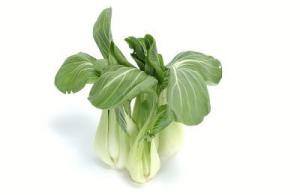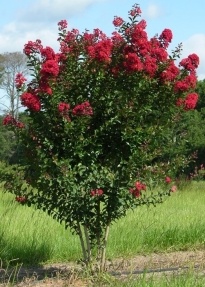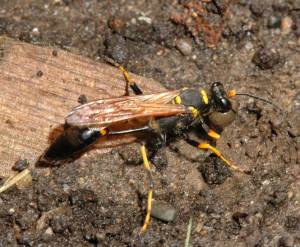A: Chinese cabbage has been grown in Asia since the 5th century, but was not grown in the United States until about a century ago. It is now grown for sale primarily in California, New Jersey, Hawaii, and Florida. We have a local producer here in Callahan so don’t be afraid to try some of the different varieties to determine which will work best for you. Many home gardeners around the state include Chinese cabbage in their fall and winter gardens. B. campestris L. (Chinensis group) is sometimes called B. chinensis. The most commonly accepted designations are bok choy or pak choi. Many refer to it as Chinese mustard. Bok choy is a nonheading form of Chinese cabbage, with several thick white leafstalks (petioles) and smooth, glossy, dark green, round leaf blades forming a celery-like cluster. There are not as many bok choy varieties available as there are of the pe-tsai type. There is a closely related flowering type of bok choy called choi sum (B. chinensis var. parachinensis). “Sum” in Cantonese means flower stalk. ‘Chinese Tsai Shim’ is a dark green variety of the flowering type, and ‘Hon Tsai’ is a purple variety of the flowering type. Both varieties have small yellow flowers borne on top of erect flower stalks. Bok choy should be grown in the fall or winter in Northeast Florida, in soil similar to other cabbage varieties. The soil should be kept moist but not wet. The major diseases are downy mildew, black speck, virus, and bacterial soft rot. Insect pests are cabbage worms and aphids. For more complete information on bok choy, read the University of Florida publication: https://edis.ifas.ufl.edu/mv036



